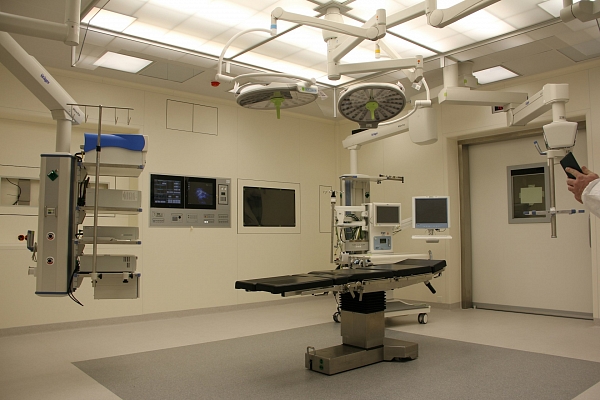The benefits and considerations of purchasing used medical equipment
In the ever-evolving field of healthcare, the demand for cutting-edge medical technology is incessant. From CT scans and MRI machines to disposables and medical furniture, every piece of equipment plays a crucial role in patient care.
However, the high cost of new medical devices often poses a significant financial challenge for many healthcare facilities. This is where used and refurbished medical equipment come into play, offering a cost-effective alternative without compromising on quality and performance.
The advantages of used and refurbished medical equipment
- Cost savings: One of the most compelling reasons to consider used or refurbished medical equipment is the substantial cost savings. Refurbished equipment can cost between 30% to 70% less than new equipment, making it a viable option for hospitals, clinics, and private practices operating on tight budgets.
- Quality and reliability: Many reputable suppliers rigorously test and refurbish used medical equipment to ensure it meets or exceeds original manufacturer specifications. This process includes replacing worn parts, updating software, and performing thorough quality checks. As a result, refurbished equipment often offers reliability comparable to new devices.
- Environmental impact: Purchasing refurbished medical equipment is an environmentally responsible choice. By extending the lifecycle of existing devices, healthcare facilities can reduce electronic waste and lower their carbon footprint. This sustainability aspect aligns with the growing emphasis on green practices in healthcare.
- Availability of high-end technology: High-end medical imaging technology, such as MRI machines and CT scanners, often undergoes rapid advancements, leading to frequent upgrades in the market. By opting for refurbished models, healthcare providers can access advanced technology at a fraction of the cost, enabling them to offer top-tier diagnostic and treatment services.
- Warranty and support: Contrary to common misconceptions, many refurbished medical devices come with warranties and support services. Reliable suppliers offer comprehensive warranties that cover parts and labor, providing peace of mind and ensuring ongoing support for maintenance and repairs.
Key Considerations When Purchasing Used or Refurbished Equipment
- Source and supplier reputation: It is crucial to purchase used or refurbished medical equipment from reputable suppliers. Research the supplier's history, read customer reviews, and verify their certification and accreditation to ensure they adhere to industry standards and ethical practices. Med-Get.com is a reliable worldwide marketplace for selling and buying used medical equipment, devices, and medical supplies, offering a trustworthy platform for such transactions.
- Certification and compliance: Ensure that the refurbished equipment complies with all relevant regulatory standards, such as those set by the FDA, EMA, or equivalent bodies in other countries. Certification indicates that the equipment has been restored to a condition that meets safety and performance standards.
- Detailed inspection and testing: Before finalizing a purchase, request detailed inspection and testing reports. These reports should outline the refurbishment process, list replaced parts, and provide performance test results. This transparency is essential for verifying the quality and functionality of the equipment.
- Warranty and return policy: Clarify the warranty terms and return policy with the supplier. Understanding the warranty coverage, duration, and what is included can help mitigate risks associated with potential malfunctions or defects.
- Compatibility and integration: Assess whether the refurbished equipment is compatible with your existing systems and infrastructure. Integration with current workflows and other medical devices is crucial for seamless operation and optimal performance.
- Future support and parts availability: Consider the availability of spare parts and technical support for the refurbished equipment. Ensure that the supplier can provide ongoing support and that parts will be accessible when needed for future repairs or upgrades.
The market for used and refurbished medical equipment offers a practical and sustainable solution for healthcare facilities looking to balance quality care with budget constraints. By carefully selecting reputable suppliers and thoroughly evaluating the equipment, healthcare providers can reap the benefits of advanced medical technology without the financial burden of purchasing new devices.
As the demand for affordable healthcare solutions continues to rise, the role of refurbished medical equipment in the healthcare ecosystem is set to become increasingly significant.





